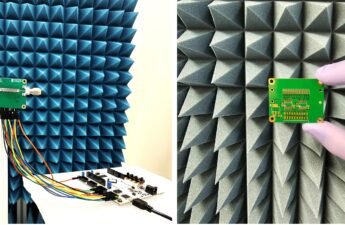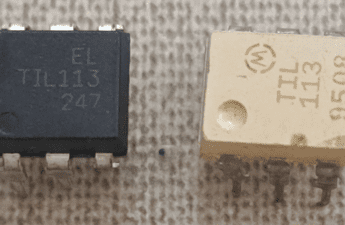This is the first part of topic about photovoltaic panels, which will talk about the working principle and the photovoltaic module structure.
Working principle
In a silicon P-N junction, positive charges (gaps) from junction P side are attracted by junction N side and go to the junction N side, while the negative charges (electrons) from N side are attracted by the P side. Creating a electrical field or potential barrier in the depletion region.

When the light hits the P-N junction, electrons gain energy to go from N junction to P junction and become free electrons, in case there is closed circuit, we have an electrical current.
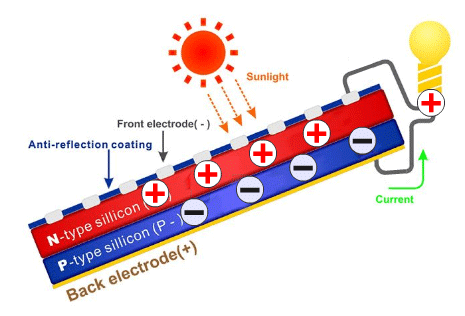
In photovoltaic cells, the N layer is much more thinner than P layer so the light can provide energy to electrons overcome the potential barrier and move to P layer. Photovoltaic cells have metallic electrodes in upper and lower parts to be the terminals.
Photovoltaic module
Only one photovoltaic cell generate low energy, therefore a module has many cells in series and parallel to increase the power provided, cells in series are connected plunging upper terminals with lower terminals from other cell. A photovoltaic module needs bypass diodes, which are protection diodes to prevent an electrical current from interruption in case some cells does not receive light.
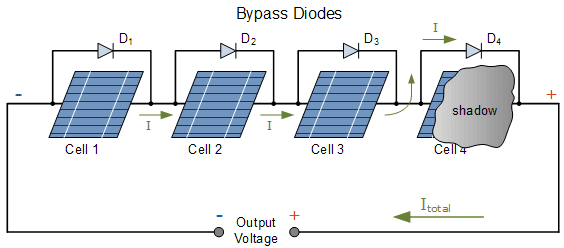
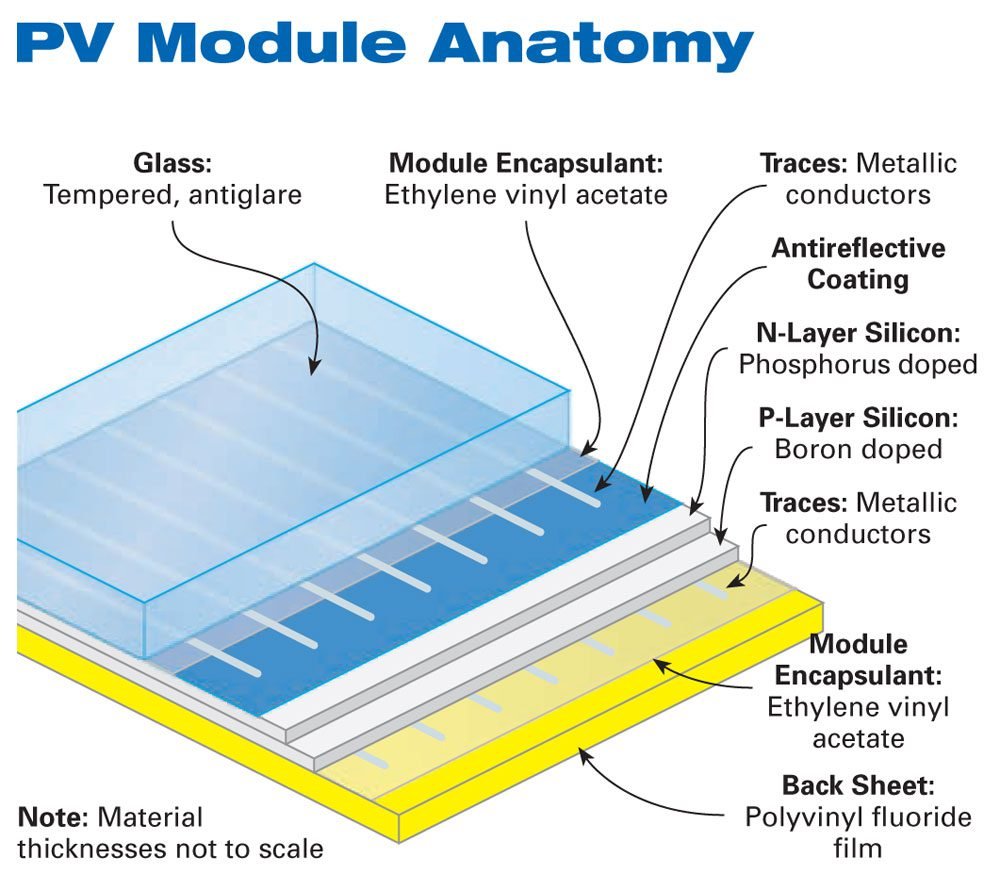
A photovoltaic module consist in many others important parts, in the upper part we have a tempered glass with low content of iron with the following properties: high light transmissivity and water impermeability to prevent metal corrosion. The photovoltaic module needs antireflective coating to reduce light reflection and increase efficiency and plastic sheets to encapsulation, providing adherence between solar cells, the most used material is the ethylene vinyl acetate. The module’s lower part must have low thermal resistance and stop water and steam infiltration.


